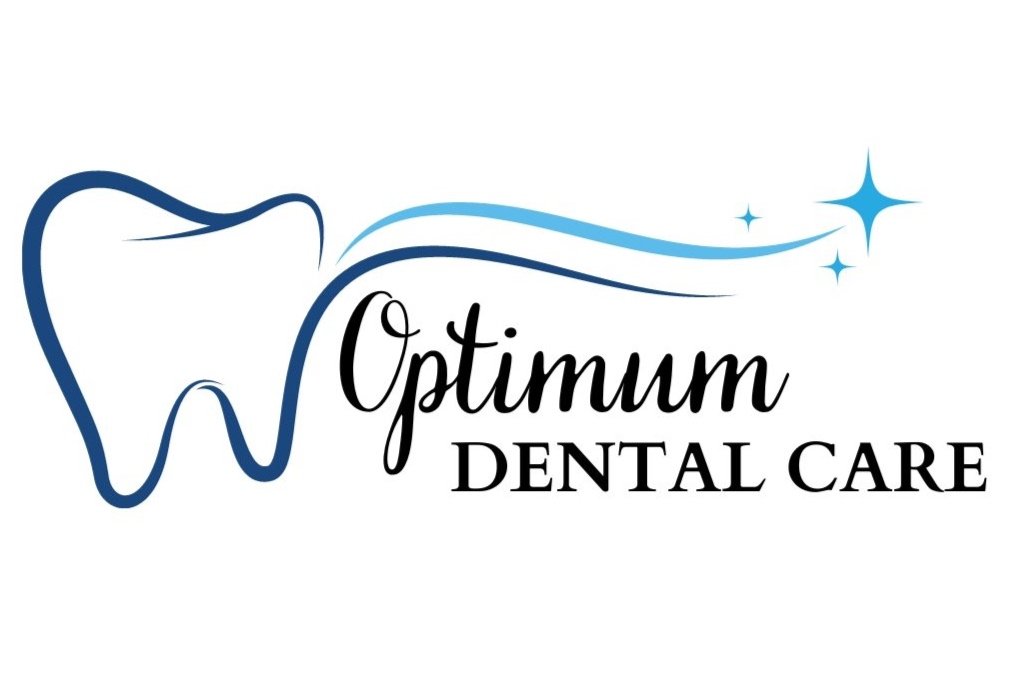Implants
Question: What are dental implants?
Answer: Dental implants are permanent fixtures of titanium posts anchored to the jawbone and topped with individual replacement teeth or a bridge that screws or cements into the posts.
Implants are very durable and will last many years. They require the same “maintenance” as real teeth, including brushing, flossing and regular dental check-ups. Dental implants can restore almost anyone’s smile even if natural teeth have been lost to injury or disease.
Nearly everyone who can have routine dental care can successfully use implants. Many people who consider implants have removable, conventional dentures for lower and upper jaws, or have removable bridges that clasp to adjacent teeth. A permanent bridge supported by 2-4 metal posts in the lower jaw accompanied by a conventional denture in the upper jaw, is a very common use for dental implants for people who wear complete dentures.
Advantages of Dental Implants over Removable Partial Dentures or Fixed Bridges.
1. Can replace one or more teeth without clasping or cutting down (for crowns ) neighboring teeth.
2. Can support a bridge and eliminate the need for a removable partial denture.
3. Prevent slipping and sliding of complete dentures, by anchoring the dentures to between 2-4 implants in each arch.
4. Can look very natural, because they actually come out of the gums with single tooth replacement or fixed bridge cases.
5. Allows patient to speak and eat with comfort and confidence.
6. Success rate is very predictable, 91 % for the top jaw and 98% for the bottom jaw.
Treatment Protocol for Dental Implants
1. Patient is evaluated by oral surgeon to see if they are a good candidate for implants, dental x-rays and clinical exam are usually enough to make a determination. If enough bone is not present then the surgeon might recommend a bone grafting procedure prior to placing the implants.
2. Dental implants are surgically placed in the jawbone under local anesthesia or IV sedation.
3. Implants are allowed to heal 4-6 months , then they are uncovered by a second procedure, which places a healing abutment on the implant so that the gum can heal around the abutment.
4. After the gums heal around the abutment for about two weeks, the restorative dentist will begin taking impressions to make the final crown or bridge.
Recommendation
Dental implants are the state of the art replacement for missing teeth. Most patients are candidates unless they have serious uncontrolled diseases such as diabetes or HIV.
However if they diseases are under control then these patients can also be candidates.
